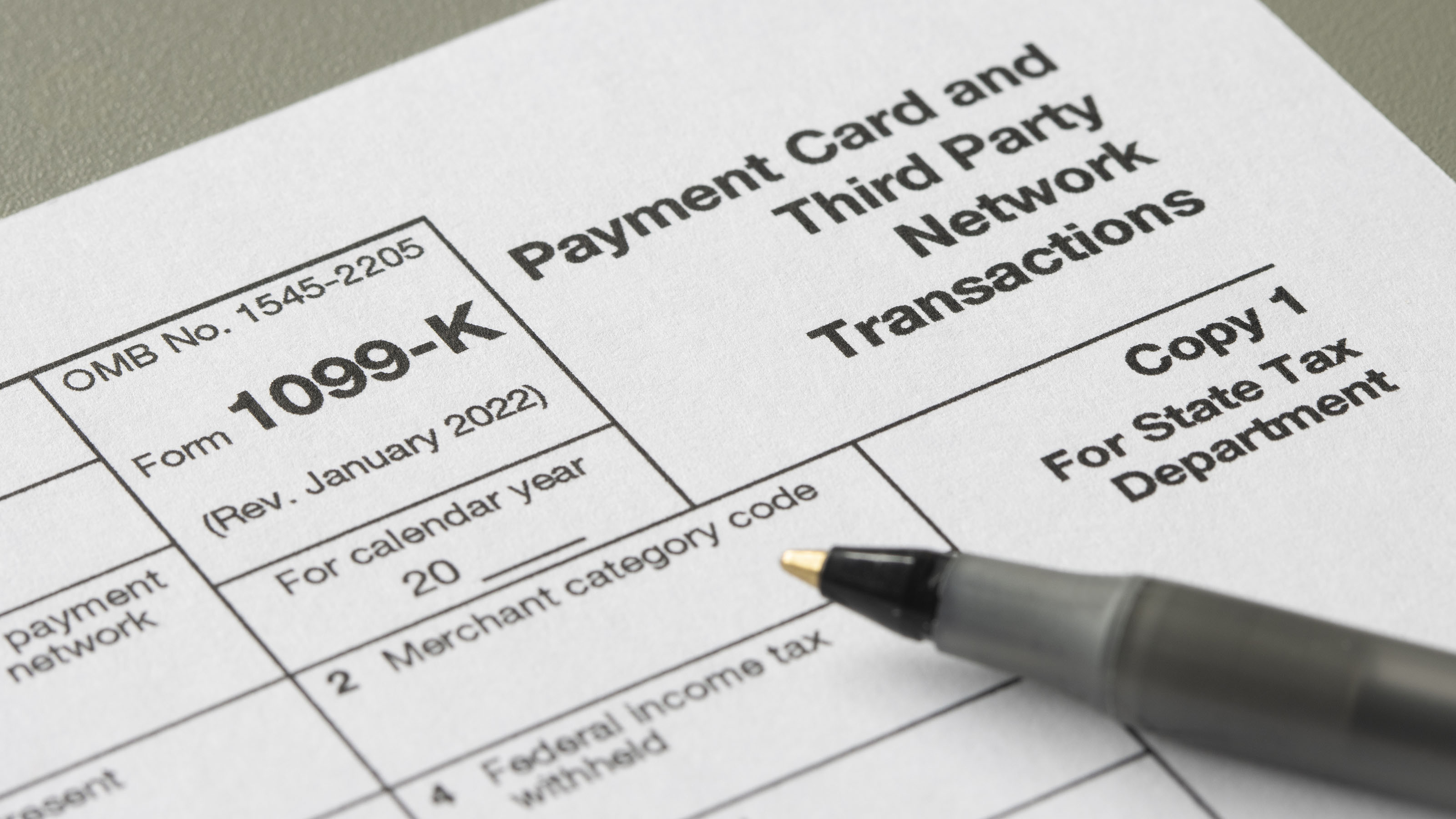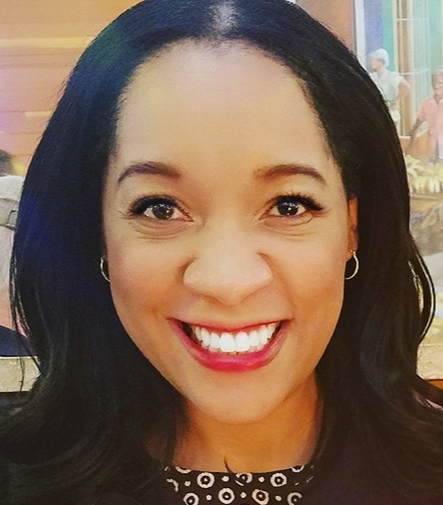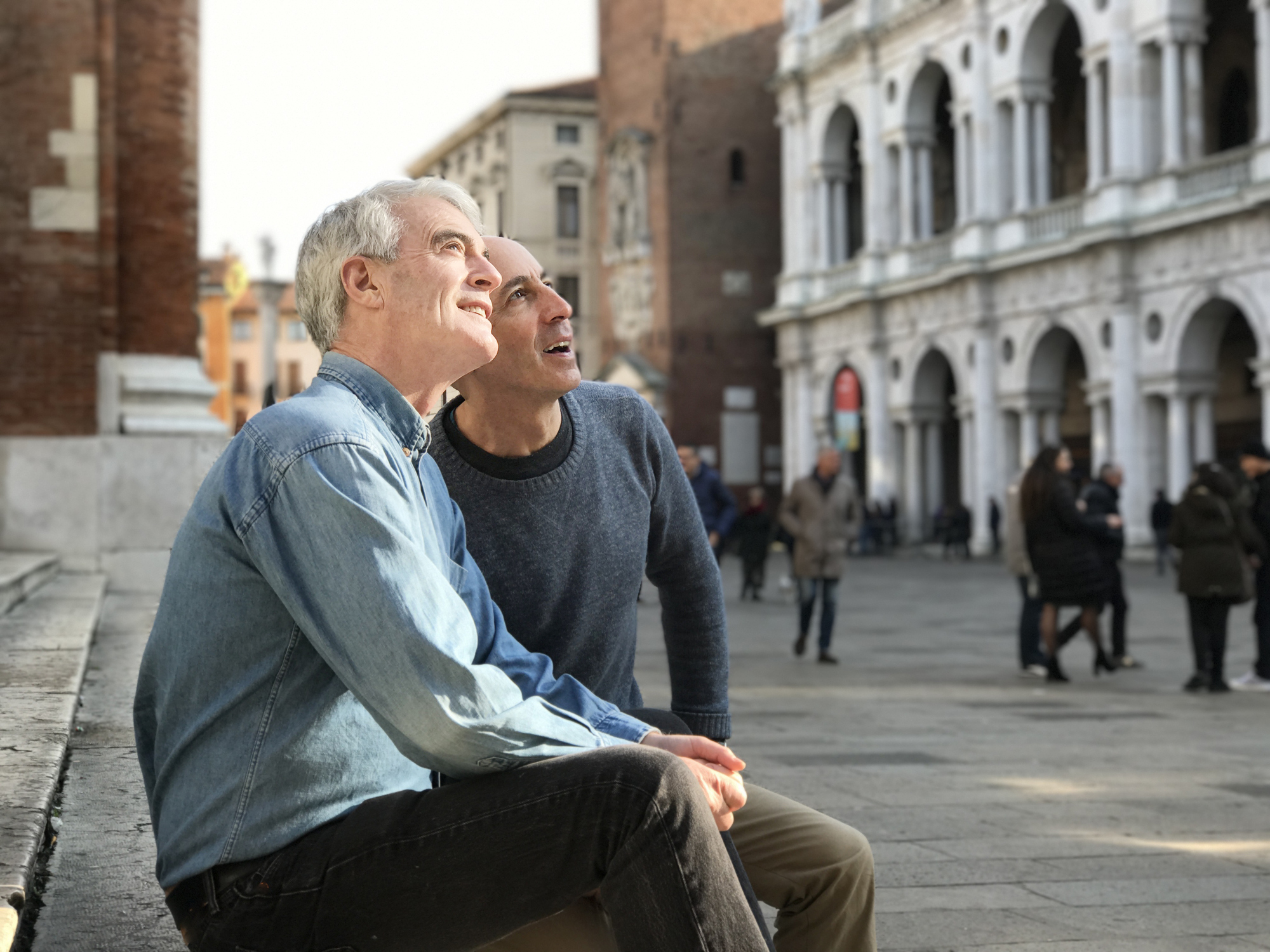What Is a 1099-K?
Form 1099-K is used to report certain payment transactions. Here’s what to know about the form.


IRS Form 1099-K gets a lot of attention each tax season.
That’s partly because the 1099-K form reports certain payments from payment cards and third-party network transactions. Millions of people use third-party networks (think Venmo, PayPal, Cash App, Stripe, etc.) for business and personal transactions.
However, the 1099-K received attention even before the current tax season because of a new $600 reporting threshold for the form delayed several times by the IRS.

Sign up for Kiplinger’s Free E-Newsletters
Profit and prosper with the best of expert advice on investing, taxes, retirement, personal finance and more - straight to your e-mail.
Profit and prosper with the best of expert advice - straight to your e-mail.
So, it’s important to know what the 1099-K form is and what to do when you do (or don’t) receive one.
What a 1099-K form is used for
An IRS 1099-K form is an IRS information reporting form.
Payment networks and other providers use the form to report certain transactions from payment cards and through various payment networks.
Third-party payment networks can include a range of providers you’re likely familiar with like Venmo, PayPal, Stripe, and CashApp. If you sell on Etsy, eBay, Depop, or other similar sites, you probably process payments through third-party networks.
1099-K threshold: What is 1099-K income?
Payment networks don’t have to report all transactions on 1099-K forms. There is a reporting threshold that triggers a 1099-K.
For your 2024 tax return, that threshold is $5,000. That means that if you received more than $5,000 in payments for goods and services through a payment network, you will likely receive a 1099-K in early 2025 form from that payment network.
- However, it's important to note that the 1099-K is supposed to report transactions for goods and services.
- Personal transactions (e.g., sending money to friends or family not in exchange for goods or services) should not be reported on the 1099-K form.
Is a 1099-K required for $600?
This new, much lower threshold for the 1099-K (also known as the $600 rule) has caused a lot of confusion and means that more people who have never received a 1099-K could now receive one.
So, for example, if you sold a piece of furniture on eBay for $650 and were paid through a third-party payment network, and that’s your only such transaction, you were supposed to receive a 1099-K. A few years ago, that $650 sale would be far too small to trigger the IRS reporting form.
However, the IRs has delayed the so-called $600 rule to at least 2026. For now, the applicable reporting threshold is $,5,000.
For more information, see New IRS 1099-K Changes: Key Updates for 2024.
What’s the difference between 1099-NEC and 1099-K?
The IRS 1099-NEC form is used instead of the 1099-MISC. (The form is used by businesses to report non-employee compensation.)
So generally, when you’re self-employed, businesses typically issue a 1099-NEC when you receive a certain amount of money from them.
The threshold for the 1099-NEC reporting form is at least $600. (That threshold is similar to the new, 2023 1099-K threshold. But, the 1099-K focuses on payments received through transactions on payment cards and through third-party payment networks.)

Money reported on a 1099-NEC could be received in various forms including, for example, rents, prizes, and awards.
But similar to the 1099-K, even if you don’t receive a 1099-NEC when you know you received taxable income from a business, you must report that income on your federal return. If you’re unsure how to report self-employment income, consult a professional before you file.
How does a 1099-K affect your taxes?
Whether you receive a 1099-K or not, the IRS expects you to report your taxable income.
Third-party payment networks you had transactions with that trigger the reporting threshold, will send a copy of the form to you and the IRS.
So, when you receive a 1099-K, you should keep it with your tax documents and make sure that the information on the form matches your records.
- Double-check that the income and other information on the form is accurate. If the 1099-K doesn’t belong to you, has an incorrect taxpayer identification number, or has incorrect payment transactions or amounts, contact the payment network that sent you the form.
- Their information should appear on the lower left of the 1099-K.
- They may be able to correct the form. If they send you a corrected version, keep that with any other correspondence from the network, in your files.
Keeping good records and documentation is the best way to support any deductions claimed and income reported on your federal tax return.
Your claimed tax deductions and credits, and income, taken together, will ultimately determine how much tax you pay overall and whether you receive a tax refund.
Get Kiplinger Today newsletter — free
Profit and prosper with the best of Kiplinger's advice on investing, taxes, retirement, personal finance and much more. Delivered daily. Enter your email in the box and click Sign Me Up.

As the senior tax editor at Kiplinger.com, Kelley R. Taylor simplifies federal and state tax information, news, and developments to help empower readers. Kelley has over two decades of experience advising on and covering education, law, finance, and tax as a corporate attorney and business journalist.
-
 The AI Doctor Coming to Read Your Test Results
The AI Doctor Coming to Read Your Test ResultsThe Kiplinger Letter There’s big opportunity for AI tools that analyze CAT scans, MRIs and other medical images. But there are also big challenges that human clinicians and tech companies will have to overcome.
By John Miley Published
-
 The Best Places for LGBTQ People to Retire Abroad
The Best Places for LGBTQ People to Retire AbroadLGBTQ people can safely retire abroad, but they must know a country’s laws and level of support — going beyond the usual retirement considerations.
By Drew Limsky Published
-
 Ask the Editor: Taxes, April 11, 2025
Ask the Editor: Taxes, April 11, 2025Ask the Editor In our Ask the Editor series, Joy Taylor, The Kiplinger Tax Letter Editor, answers questions related to IRAs and other retirement accounts.
By Joy Taylor Published
-
 Free IRS Tax Filing for 30 Million People: Will It Continue Under Trump?
Free IRS Tax Filing for 30 Million People: Will It Continue Under Trump?Tax Filing Direct File was piloted last year in 12 states and has since expanded to 25. But some wonder whether the program will last under the Trump administration.
By Gabriella Cruz-Martínez Last updated
-
 How Caregivers for Adults Can Save on Taxes in 2025
How Caregivers for Adults Can Save on Taxes in 2025Tax Breaks Caring for your parent or spouse can be stressful, but the IRS offers tax breaks for qualifying taxpayers. Here they are.
By Kate Schubel Published
-
 Taxpayer Revolt? Why More People Are Avoiding Filing Taxes This Year
Taxpayer Revolt? Why More People Are Avoiding Filing Taxes This YearTax Season It may be tempting to skip filing due to the overwhelmed IRS, but doing so could have financial and legal consequences.
By Kelley R. Taylor Last updated
-
 U.S. Treasury to Eliminate Paper Checks: What It Means for Tax Refunds, Social Security
U.S. Treasury to Eliminate Paper Checks: What It Means for Tax Refunds, Social SecurityTreasury President Trump signed an executive order forcing the federal government to phase out paper check disbursements by the fall.
By Gabriella Cruz-Martínez Published
-
 IRS Layoffs Spark Delays, Doubt This Tax Season
IRS Layoffs Spark Delays, Doubt This Tax SeasonTax Season Tax experts say Trump’s downsizing of the IRS is already causing problems.
By Gabriella Cruz-Martínez Last updated
-
 States with the Highest Income Tax Rates for Retirees
States with the Highest Income Tax Rates for RetireesState Tax You may reconsider living and retiring in one of these states due to high taxes.
By Kate Schubel Last updated
-
 AI Tax Scams Target Middle and Older Adults: What to Know
AI Tax Scams Target Middle and Older Adults: What to KnowScams Whether you’re a retiree or Gen Z, scammers can gouge big financial losses with the help of artificial intelligence.
By Kate Schubel Published